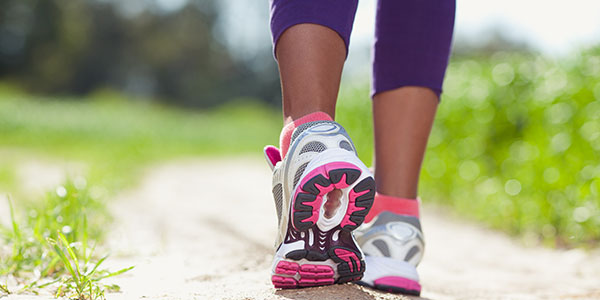Runner’s knee, plantar fasciitis, early-onset arthritis — the wrong athletic shoes can cause more than just discomfort. “The right shoes, designed to compensate for the impact of your feet during sports, can prevent injuries and improve structural alignment and performance,” says Amol Saxena, DPM, a podiatrist with Sutter Health.










